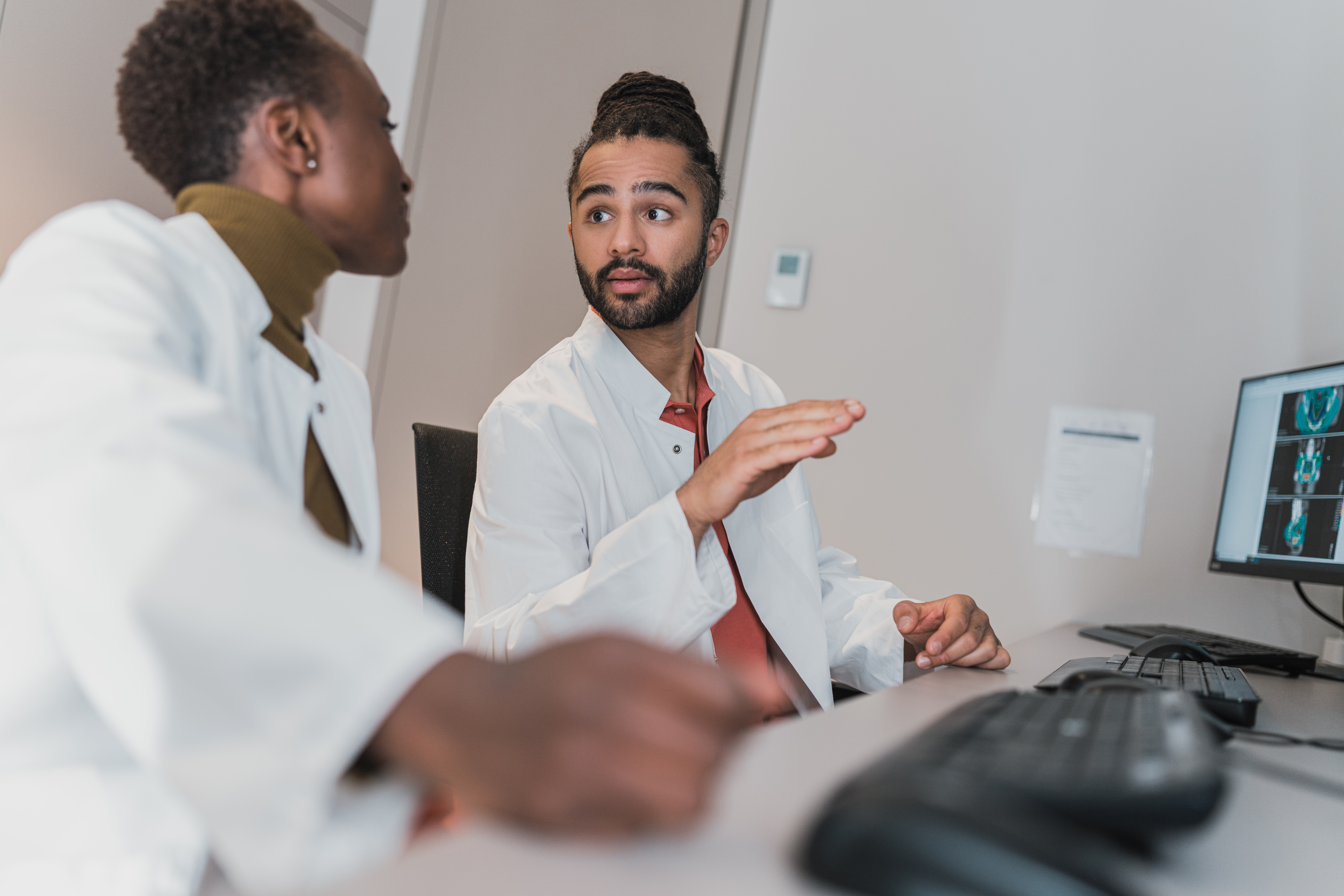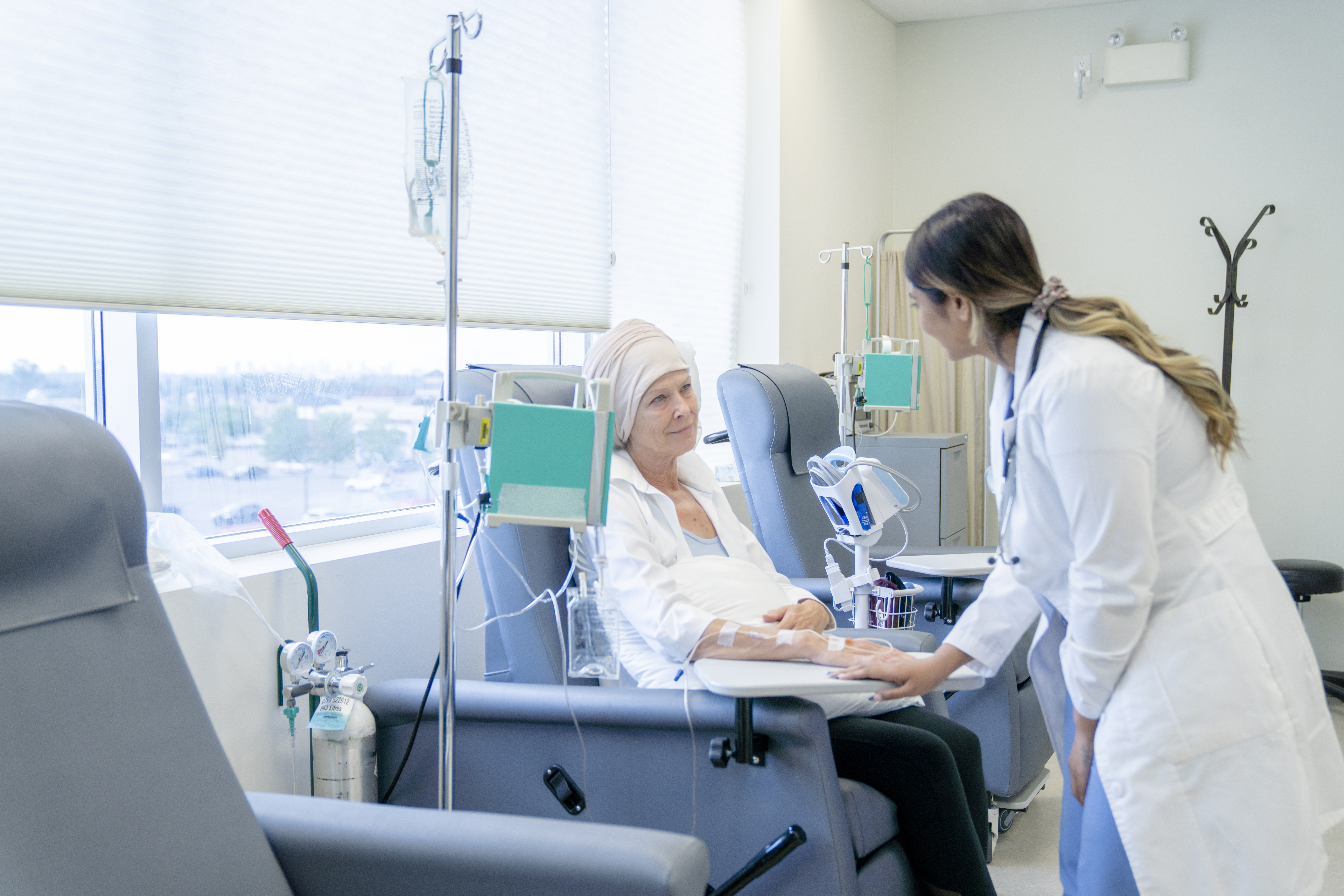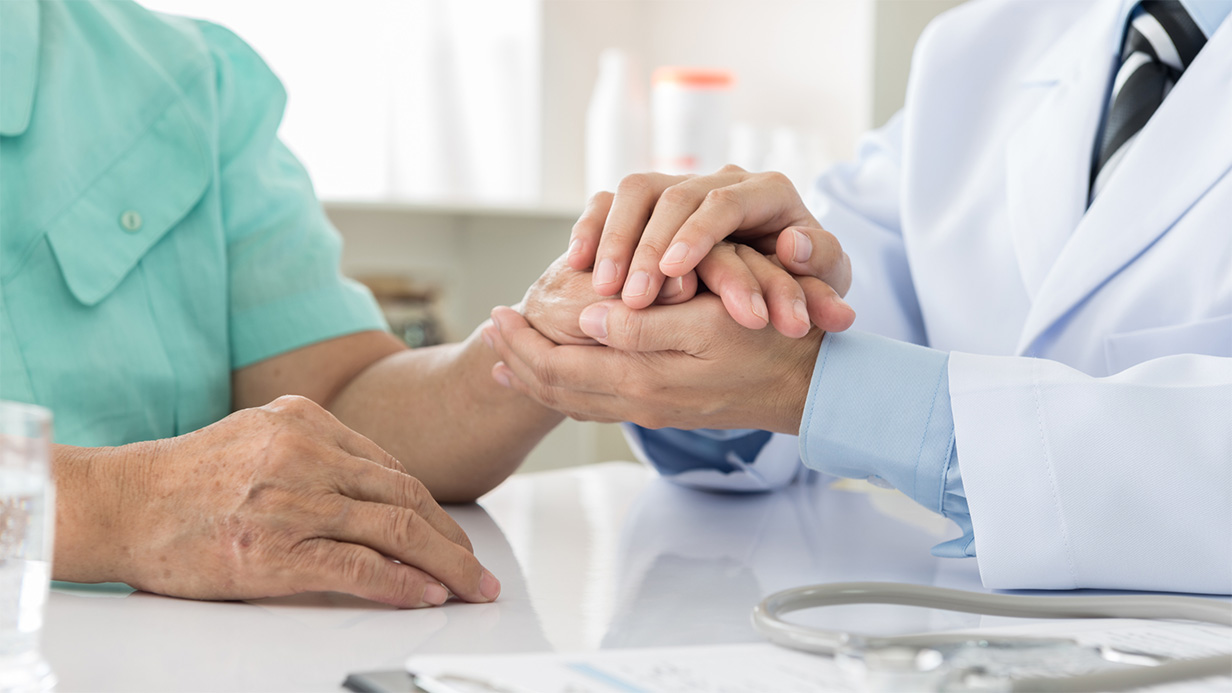Four Mesothelioma Stages
Doctors use four stages of mesothelioma to determine the progression of cancer. Stage 1 mesothelioma patients typically survive longer than patients with stage 3 or stage 4 mesothelioma. Determining the stage of mesothelioma can help doctors decide the best course of treatment.

What Are The Stages Of Mesothelioma?
The stages of mesothelioma are a system to categorize the size and spread of tumors into groups of 1 through 4. Stage 1 mesothelioma involves tumors that have not spread further than nearby tissue. Higher stages indicate that the cancer has spread further. The stages of mesothelioma directly impact treatment options and life expectancy.
Due to the rarity of the disease, doctors use this staging system when diagnosing pleural mesothelioma but not for other types of mesothelioma. It’s important to note the stage of mesothelioma is not determined by symptoms. Instead, doctors measure tumor growth and spread indicated by imaging scans and blood tests. The stages of mesothelioma are:
Stage 1:
Stage 1 mesothelioma tumors are localized in one lung or the mesothelial lining.
Stage 2:
Stage 2 has signified the spread to the other lung or nearby lymph nodes.
Stage 3:
During stage 3 mesothelioma, the tumors spread to nearby organs and distant lymph nodes.
Stage 4:
Stage 4 Mesothelioma spreads to distant sites, and metastasis occurs.
Stage 1 Pleural Mesothelioma
Early-stage pleural mesothelioma occurs when cancer has not spread beyond the lining of the lung. The life expectancy of stage 1 pleural mesothelioma is 22.2 months with treatment, which is about ten months longer than the overall average life expectancy of mesothelioma.
There are two substages of stage 1 pleural mesothelioma – 1A and 1B. Tumors that develop on one side of the chest are stage 1A, while tumors that develop throughout the chest cavity are stage 1B. Tumors do not typically cause severe symptoms at stage 1, making mesothelioma difficult to diagnose in earlier stages. Often, mesothelioma & lung cancer symptoms are alike at this point.
Stage 1 Pleural Mesothelioma Treatment
Stage 1 pleural mesothelioma is normally easier to treat than late-stage mesothelioma but is usually more invasive. The first line of treatment for stage 1 pleural mesothelioma is typically surgery to remove the tumor. Patients with stage 1 mesothelioma may undergo a combination of treatment options, including surgery, chemotherapy, and radiation therapy.
Stage 2 Pleural Mesothelioma

Symptoms are rarely present at mesothelioma stages 1 or 2. Symptoms of stage 2 pleural commonly appear similar to symptoms of the common cold.
Still, the life expectancy of 20 months is more favorable when comparing late-stage diagnoses, such as in stage 3 or stage 4.
Stage 2 Pleural Mesothelioma Treatment
Stage 2 pleural mesothelioma tumors have spread to nearby lymph nodes but remain treatable with surgery. Following surgery to remove the tumor, patients may undergo chemotherapy and radiation therapy to kill any remaining cancer cells. Life expectancy increases when patients respond well to more aggressive treatments.
Stage 3 Pleural Mesothelioma

At stage 3, the pleural mesothelioma median life expectancy drops slightly to 17.9 months with successful treatments. There are two substages of stage 3 mesothelioma – 3A and 3B. In stage 3A, the tumor is on one side of the chest, affecting organs and tissues on the same side. The tumor may or may not have spread to nearby lymph nodes on the other side of the body.
In stage 3B, mesothelioma invades the pleural lining of the chest wall, lungs, and diaphragm on one side, and the tumor begins growing to the other side of the chest or into deeper layers of the chest wall. Mesothelioma may spread to nearby lymph nodes but not to distant parts of the body.
Stage 3 Pleural Mesothelioma Treatment
Once pleural mesothelioma reaches stage 3, the cancer has spread too far to be removed by surgery alone. Instead, stage 3 pleural mesothelioma patients typically undergo chemotherapy. End-of-life care may include palliative treatments to control pain and improve the quality of life for stage 3 patients.
Stage 4 Pleural Mesothelioma

By stage 4, mesothelioma often grows into nearby tissues, organs, and lymph nodes. The disease begins to spread to distant organs. Pleural mesothelioma often spreads to the bones, liver, abdomen, and the other side of the chest. Many patients notice symptoms of mesothelioma at stage 4. Common symptoms in the later stages of pleural mesothelioma are trouble breathing, difficulty swallowing, and chest pain.
Stage 4 Pleural Mesothelioma Treatment
Late-stage mesothelioma is tough to treat. Patients often qualify for treatment options designed to reduce symptoms, including chemotherapy and surgery to remove fluid buildup. Depending on available treatments, many stage 4 patients survive mesothelioma for at least one year, improving their survival rates.
Pleural Mesothelioma Staging Systems
The point of using the staging system for pleural mesothelioma is to measure and classify the disease. Patients with the same stage or substage of mesothelioma respond to similar treatments and have similar life expectancies. Imaging tests and tumor biopsies help doctors determine the stage of mesothelioma. Once the stage is established, a mesothelioma specialist can determine which treatment would be most beneficial.
TNM Staging System
The TNM staging system, created and updated by the American Joint Committee on Cancer (AJCC) and the International Union Against Cancer (UICC), is most often used for pleural mesothelioma. There are three parts to the system: T, N, and M.
- Tumor (T): Specialists measure the size of the main tumor and how far the cancer has spread.
- Lymph Nodes (N): Doctors determine if cancer has spread to nearby lymph nodes.
- Metastasis (M): Metastasis occurs in late-stage mesothelioma when cancer spreads to distant organs.
How Mesothelioma Stages Help Determine Treatment and Prognosis
Doctors consider the stage of cancer when determining mesothelioma treatment plans and prognosis. Categorizing the disease into stages helps doctors find treatment options more likely to succeed. Patients in earlier stages respond better to certain treatments compared to late-stage cases.
Once it’s determined that a patient has early-stage mesothelioma, a doctor may recommend aggressive, more effective treatments. The doctor may not suggest the same for a patient with stage 4 mesothelioma based on the success rates of aggressive treatments for stage 4 cancer.
Peritoneal, Pericardial & Testicular Mesothelioma Staging
Pleural mesothelioma is the only form of mesothelioma that follows an official staging system. The rarity of peritoneal, pericardial, and testicular mesothelioma makes it difficult for doctors to categorize each case into stages.
Peritoneal Mesothelioma Staging
Some doctors use the TNM system to determine the extent of peritoneal mesothelioma. Others use the peritoneal cancer index (PCI) to determine the stage. Using PCI, the abdomen and pelvis are divided into 13 regions. Any regions that contain tumors are given a score of 3. The scores of each region are added together, with a maximum score of 39. The total score determines tumor size and predicts suitable treatment options.
Pericardial Mesothelioma Staging
Due to its rarity, pericardial mesothelioma has no official staging system. There is not currently enough data to create a staging system that can determine prognosis or predict treatment outcomes. Most pericardial mesothelioma patients receive a diagnosis once cancer has progressed to lymph nodes and local organs.
Testicular Mesothelioma Staging
Testicular mesothelioma, even rarer than pericardial mesothelioma, has no official staging system. Doctors may determine the stage of cancer by the patient’s ability to undergo surgery to remove the tumor.
Common Questions About The Stages of Mesothelioma
How quickly does mesothelioma progress?
The period of time between exposure to asbestos and the onset of mesothelioma symptoms, known as the latency period, lasts up to 50 years for most patients. Although it can take decades to develop, mesothelioma symptoms rapidly worsen. Many patients are stage IV by the time they notice symptoms.
How long can you live with stage 4?
Patients with stage 4 mesothelioma live up to 1 year or more with treatment. Without treatment, patients live about 6 to 8 months.
Can mesothelioma stages change?
The stage assigned at the time of diagnosis does not typically change. Whether a patient goes into remission or the disease progresses further, the stage will always remain what it was assigned.
Is stage 2 mesothelioma curable?
Stage 2 mesothelioma or mesothelioma at any stage is not curable. Treatment options for earlier stages aim to remove tumors and kill remaining cancer cells. Late-stage mesothelioma is tough to fight. Most stage III or IV mesothelioma patients receive palliative treatment to improve their quality of life.


